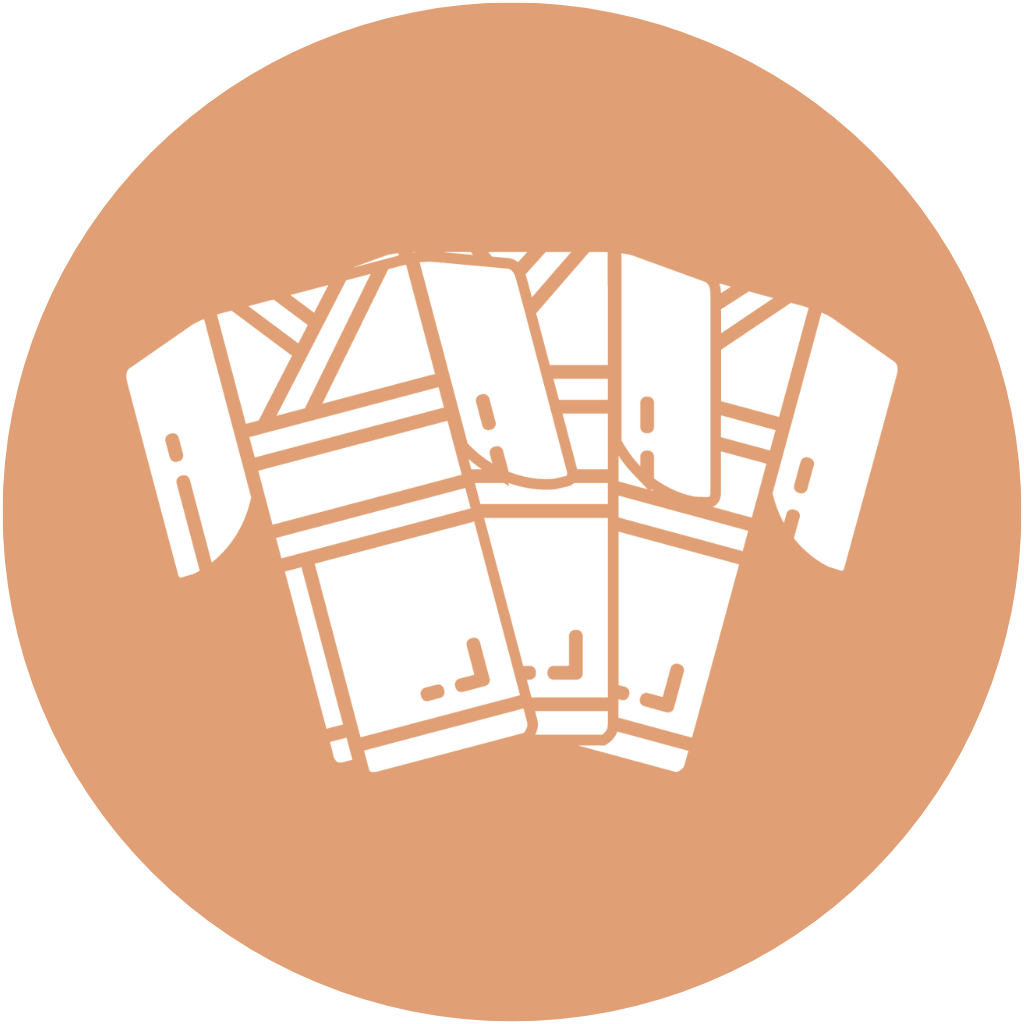
How to recognize a real kimono?
Source: Freepik
A symbol of elegance and tradition, the kimono fascinates as much as it questions. Between authentic pieces and modern imitations, the distinction can sometimes be complex. For lovers of Japanese culture or fashion enthusiasts, recognizing a real kimono becomes a true exercise in observation. Discover in this review how to recognize a real kimono.
A real kimono: what is it?
The authentic kimono embodies the sartorial heritage of Japan, recognizable by its straight structure, long sleeves and noble fabrics often decorated with symbolic motifs. This ancestral garment , passed down from generation to generation, finds its place on special occasions:
-
weddings;
-
traditional celebrations; or
-
codified rituals.
Crafted with meticulous craftsmanship, it reflects not only Japanese aesthetics but also a certain philosophy of dress. Each piece, sometimes unique, requires meticulous craftsmanship that goes far beyond its usual function, making the kimono a true cultural expression.
What are the key points for recognizing a real kimono?
Source: Freepik
The traditional Japanese kimono, often seen as a cultural symbol, is not immediately recognizable. Behind its elegant silhouette lies a codified manufacturing process and a great respect for tradition. To avoid counterfeits or modern interpretations that are far removed from the original, it's important to pay attention to certain specific details, both visible and subtle.
The fabric
The choice of fabric is one of the first clues to authenticity. A genuine kimono is made from high-quality natural materials, generally chosen for their durability. The most commonly used fabrics are:
-
pure or blended silk, which remains the benchmark for formal kimonos;
-
wool and cotton for more casual or seasonal models;
-
polyester only for yukata , a summer and light version of the kimono.
Furthermore, the fabric of a real kimono has continuity in the sleeves, collar, and hems, without changing the material (except for the lining). The finishes are meticulous, and the texture of the fabric is a testament to its quality. This care taken in the choice of fibers reflects the value of the piece and its inclusion in ancient know-how.
The traditional cut
An authentic kimono follows a strict cut, defined by centuries of use. It is crafted from rectangular strips of fabric assembled according to an immutable pattern. The sleeves are always straight, forming 90° angles, and never rounded or pointed. For women, the kimono is deliberately long, extending past the waist and then folded at the hips, then held in place by a wide obi.
Unlike a traditional garment, there is no standard sizing system: each kimono is made to measure or in a one-size-fits-all format, sometimes accompanied by a label bearing the maker's name, discreetly placed near the hips. Also notable is the presence of a central seam in the back, called mitake , which runs from the nape of the neck to the hem, a true structural signature of the garment. Any cut that appears modern, fitted, or has an integrated belt of the same fabric indicates a non-traditional creation.
The discreet patterns
The decoration of a kimono follows a sober and thoughtful aesthetic code. The large motifs centered on the back, often seen on fancy versions, are not appropriate: this area is in fact covered by the obi belt. The designs, when present, are generally located at the bottom of the garment or on the sleeves, in a balanced and delicate manner. Distinctive features include:
-
seasonal motifs (cherry blossoms, maples, pins) corresponding to the wearing period;
-
a print or embroidery made by hand or using traditional techniques; and
-
a palette of harmonious colors, without garish bursts.
Discretion always prevails over ostentation. The collar, meanwhile, remains plain, without any decorative extras. This sobriety reinforces the natural elegance of the kimono, which never seeks to overdo it, but to continue a refined tradition.
The handcrafted details
The traditional kimono doesn't come off an industrial assembly line. It's the result of the meticulous work of specialized tailors, often based in Japan, who perpetuate a know-how passed down from generation to generation. These artisans master complex cutting, sewing, and dyeing techniques, adapted to each type of fabric. The stitching is straight, without excess, and the finishes are invisible to the outside, a guarantee of meticulous work.
The absence of standardized labels like S, M, or L also indicates the garment's artisanal origin. Added to this is a distinct, wide obi made from a different fabric, designed to structure the silhouette. A thin belt, matching the kimono and sewn from the same fabric, is typical of imitations. Finally, authenticity is also verified by the place of acquisition. Only Japanese workshops, specialized thrift stores, or certain export shops can guarantee the provenance of a genuine, often unique, piece.
How to recognize kimono for tourists?
Source: Freepik
It can be difficult to distinguish a genuine tourist kimono from a traditional Japanese kimono. While these designs are made in Japan and may appear elegant, they lack the same craftsmanship as authentic pieces. Typically made of satin or very fine fabrics, they lack the richness and depth found in traditional materials like silk. The belt, sometimes matching the garment, is usually made of the same fabric. This is a clear sign of standardized production, unlike genuine kimonos, which use separate, wider obi made of a different fabric.
Decorative patterns are also a key indicator. On these models, they are often placed in the center of the back and sometimes on the front-right part, which is a rare feature for an authentic kimono. In addition, the absence of the vertical seam ( mitake ) on the back is another point that shows that this is not the authentic kimono. These kimonos are designed to be worn without the need for adjustment at the waist, unlike traditional kimonos. They are produced in various sizes and are mainly found in tourist areas at prices close to those of real kimonos.
Where to get the real kimono?
To purchase an authentic kimono, it's best to shop at stores specializing in traditional clothing or seek out resellers known for their selection of original pieces. In Japan, kimono stores offer unique designs, often made by local artisans, thus guaranteeing their quality. Online, some specialized sites offer traditional kimonos, but it's crucial to read customer reviews and carefully examine product descriptions to ensure their authenticity.










